The Roman Empire was a city-state founded by Rome in the 8th century BCE. The empire lasted from 509 BCE to 27 BCE during a time of political and economic expansion. It was also during this time that great cultural and artistic achievements were made and created. Needless to say, the Ancient Romans were known for their innovations and technological advances, many of which have impacted the world. With that in mind, let me present:
25 Roman inventions that are still in use today!
Fighting as an Entertainment
 https://www.megainteresting.com/history/gallery/roman-inventions-still-in-use-today-211590153949/6
https://www.megainteresting.com/history/gallery/roman-inventions-still-in-use-today-211590153949/6 If you like UFC, MMA, boxing, or any sport that pairs up physical fighting in an arena with a live audience, you have the ancient Romans to thank. They started the Gladiator games, one of ancient Rome’s most popular forms of entertainment. While the fighters were trained in combat and were true warriors, there was still a lot of blood and deaths in the arena. As morbid as it seems, people loved it and came from all over to watch these games. We’re certain there was probably some form of betting going on as well!
Surgical Tools
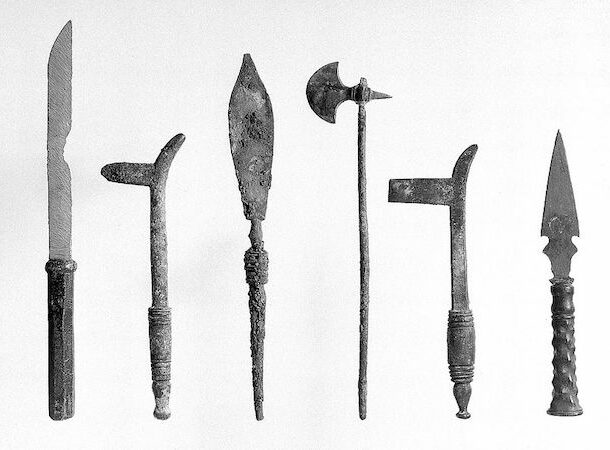 https://historyten.com/roman/ancient-roman-inventions/
https://historyten.com/roman/ancient-roman-inventions/ The ancient Romans were advanced when it came to surgical tools. Despite not having the same technology we have today, they were able to make all kinds of items including scalpels, forceps, and clamps.
They even had specialized tools for things like amputations and bone setting. Amazingly, a lot of the tools they used are still in use today! Of course, they’ve been updated and improved over the centuries.
However, talk about a legacy through the ages. How cool is it that the ancient Romans were the ones who came up with the basic designs? They were definitely ahead of their time, and their contributions to medicine have had a lasting impact on the world.
Stadiums
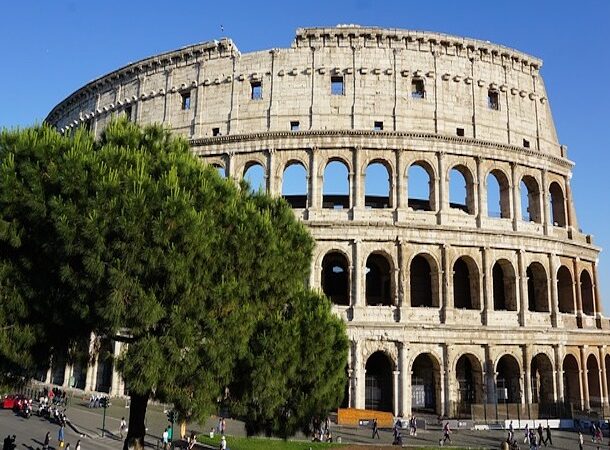 https://historyten.com/roman/ancient-roman-inventions/
https://historyten.com/roman/ancient-roman-inventions/ The ancient Romans loved entertainment, and live entertainment was even better. So, of course, they made sure to invent a place for their entertainment called the stadium.
These were huge, open-air spaces where events like chariot races, gladiator battles, and even mock sea battles took place. The stadiums were such a big deal that they became the center of Roman social life.
While the stadiums mainly were used for entertainment, they also had a significant impact on society. They brought people together from different parts of the empire. Additionally, they helped to spread Roman culture and ideas. Plus, they were just a lot of fun!
Toga
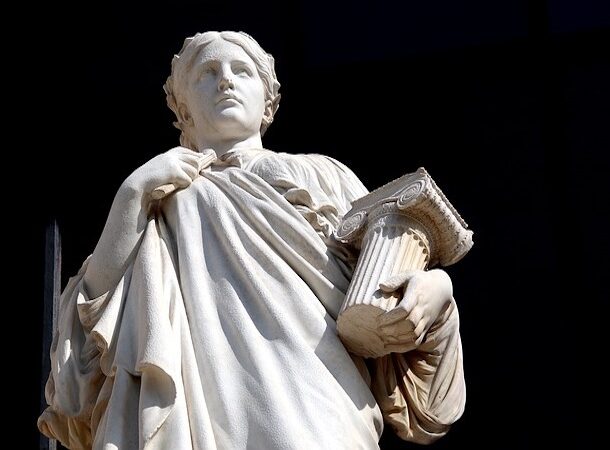 https://historyten.com/roman/ancient-roman-inventions/
https://historyten.com/roman/ancient-roman-inventions/ We’re not exactly sure when the toga party became popular, but the toga was made famous by the Romans. Togas were typically made of wool and were worn by men, although there were also variations that women wore. They were an essential aspect of Roman society, and have continued to be a well-known clothing style. Without a doubt, this fashion style is not everyone’s cup of tea, but there is enough fanfare for it to be a popular Halloween costume still.
Large Bridges
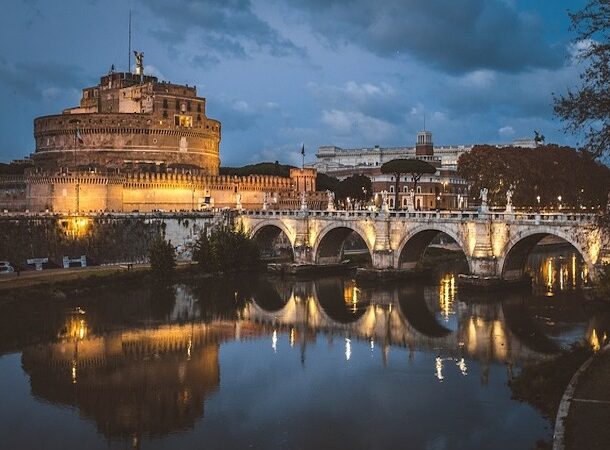 https://historyten.com/roman/ancient-roman-inventions/
https://historyten.com/roman/ancient-roman-inventions/ The Romans knew the importance of bridges and ensured they were the safest, strongest, and most durable in the ancient world. They developed many different types of bridges using various materials, including concrete, brick, and stone. These include arch bridges, beam bridges, and suspension bridges. Needless to say, many of the principles and techniques that they developed are still in use today.
Heating
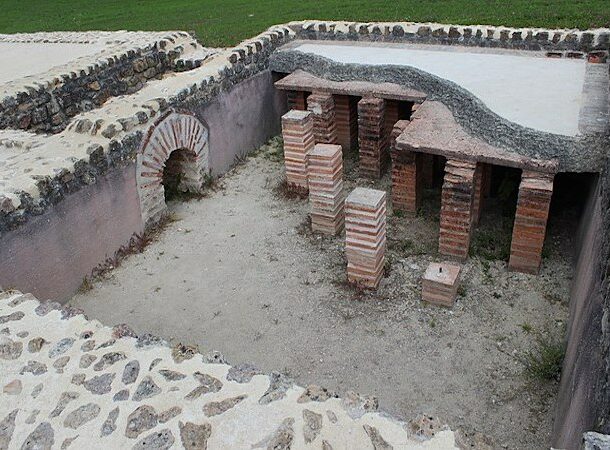 https://historyten.com/roman/ancient-roman-inventions/
https://historyten.com/roman/ancient-roman-inventions/ The ancient Romans developed central heating. Talk about a society that just knew worked to ensure all the comforts in life are available for their citizens. They used a variety of methods to heat their buildings, including the use of fireplaces, furnaces, and hypocausts. A hypocaust was a system of heating that used a series of flues or channels to circulate hot air under the floor of a building.
Halloween
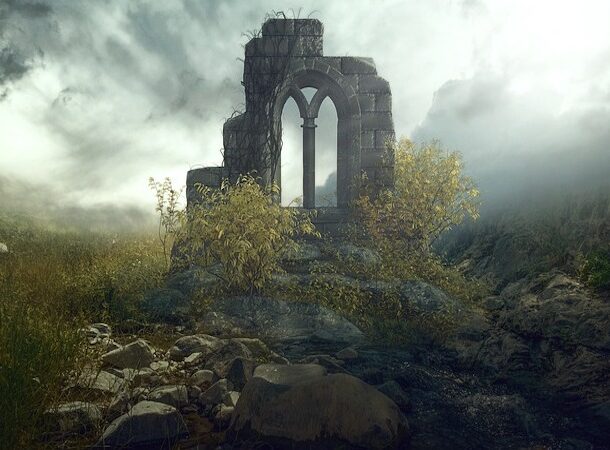 https://historyten.com/roman/ancient-roman-inventions/
https://historyten.com/roman/ancient-roman-inventions/ When the Romans took over The Celts, they also took Halloween. The Celts lived in what is now Ireland, the United Kingdom, and parts of Europe and observed Samhain on the evening of October 31st to mark the end of the harvest season and the beginning of winter. When the Romans later conquered the Celtic lands, they adopted the modern celebration of Halloween. For example, the Roman festival of Feralia, which honored the dead, took place around the same time as Samhain
Grid-Based Cities
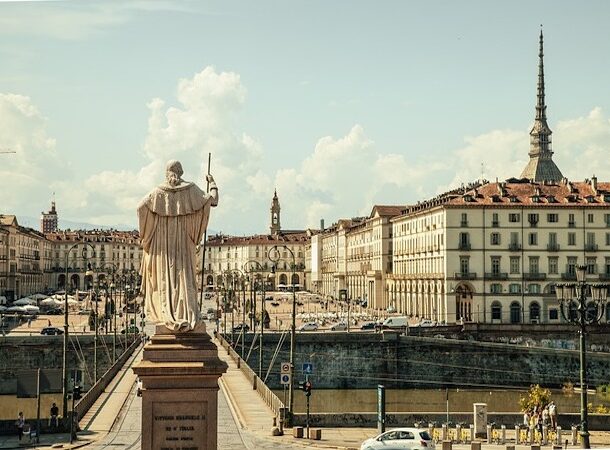 https://historyten.com/roman/ancient-roman-inventions/
https://historyten.com/roman/ancient-roman-inventions/ The Romans were very innovative when it came to city planning. They were all about the grid-based layout. This meant that everything was planned in nice neat rows. Needless to say, it was a very efficient way of designing a city. They’d divide the city into blocks and then build everything within those blocks, like houses, shops, and public buildings. It was a really smart way of doing things, and you can still see examples of it today in cities like Rome, Naples, and Milan.
Roman Arches
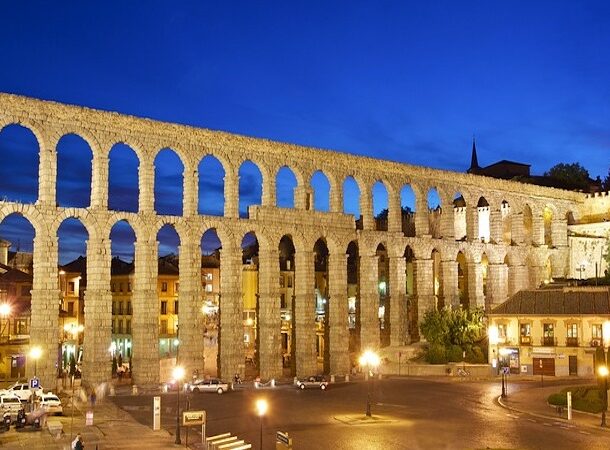 https://www.romecitytour.it/blog/what-did-the-romans-invent/
https://www.romecitytour.it/blog/what-did-the-romans-invent/ The Romans were impressive when it came to architecture, just check out the Roman arches. These arches were giant curved structures made out of stone that could hold a massive amount of weight. They could stretch across wide spaces without needing any extra support. Needless to say, the Romans used them for all kinds of things, like aqueducts, bridges, and entrances to notable buildings. If you’ve seen a picture of the Colosseum, you’ve seen one of these arches in action! It’s pretty wild to think that they built them over 2,000 years ago, and they’re still standing strong today.
Julian Calendar
 https://www.romecitytour.it/blog/what-did-the-romans-invent/
https://www.romecitytour.it/blog/what-did-the-romans-invent/ So, have you heard of the Julian Calendar? It’s an old-fashioned calendar system that was created way back in 45 BC by Julius Caesar himself! Yep, the same Julius Caesar from ancient Rome.
Anyway, it was pretty groundbreaking at the time because it was the first calendar to have a leap year, which means that it had an extra day every four years to account for the fact that the Earth’s orbit around the sun isn’t exactly 365 days long.
But here’s the thing – even though the Julian Calendar was revolutionary at the time, it’s no longer used today. Most countries switched over to the Gregorian Calendar in the 16th century, which is a more accurate calendar system.
Social Projects
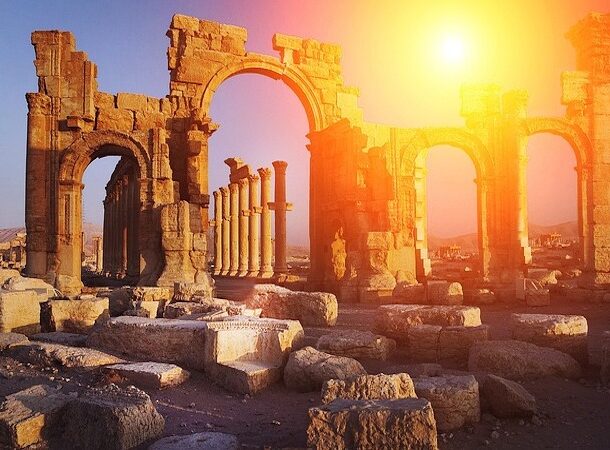 https://www.romecitytour.it/blog/what-did-the-romans-invent/
https://www.romecitytour.it/blog/what-did-the-romans-invent/ The Romans were deeply involved in social projects to benefit the community. They constructed a range of public facilities, including roads, aqueducts, public baths, amphitheaters, and public buildings to make life easier for their communities. Without a doubt, they improved the quality of life for Roman citizens and promoted the development of the Roman Empire.
Roman Numerals
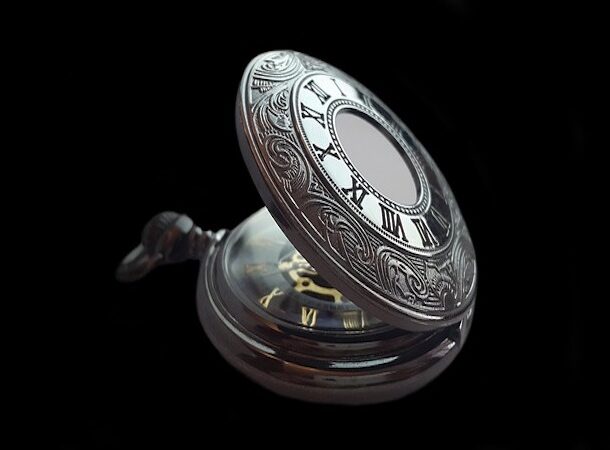 https://www.romecitytour.it/blog/what-did-the-romans-invent/
https://www.romecitytour.it/blog/what-did-the-romans-invent/ You know those Roman numerals you learned at school? Guess what, the ancient Romans invented them! That’s right, they used a system of numerals, known as the Roman Numerals. They are written using the letters I, V, X, L, C, D, and M, which represent the numbers 1, 5, 10, 50, 100, 500, and 1000, respectively. Needless to say, Roman numerals have become a very important part of our society today.
Air Conditioning
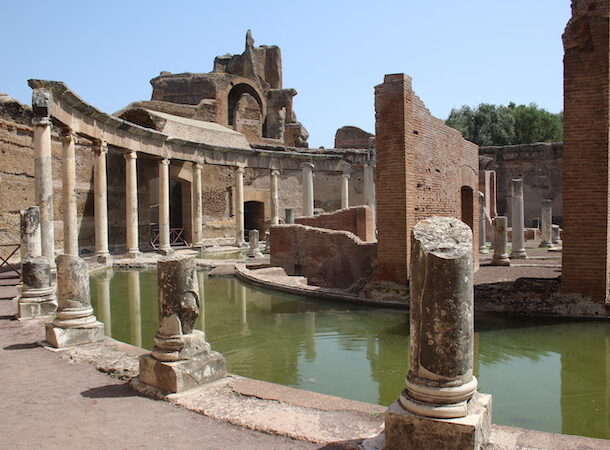 https://www.romecitytour.it/blog/what-did-the-romans-invent/
https://www.romecitytour.it/blog/what-did-the-romans-invent/ We all know the heat can get unbearable, and the Romans were not going to tolerate that. The Romans invented various ways to combat the heat in their homes and buildings. They didn’t invent the air conditioner, but they came close to it.
They used water to cool the air, ventilation to circulate the air, shading to block the sun’s rays, and natural cooling techniques, including building their homes with thick walls and small windows to keep the heat out.
Welfare Benefits
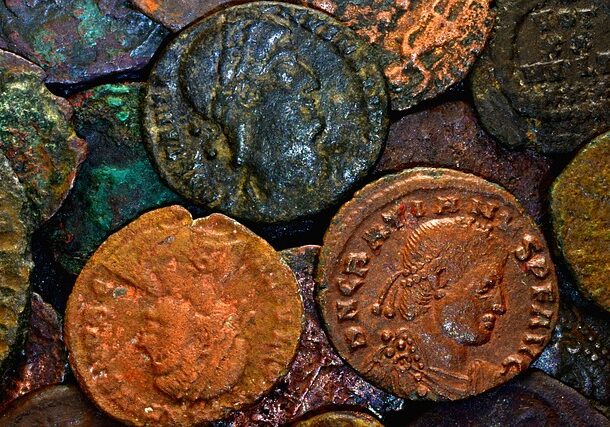 https://www.thecollector.com/10-ancient-roman-inventions-that-will-surprise-you/
https://www.thecollector.com/10-ancient-roman-inventions-that-will-surprise-you/ The Roman Empire also established a welfare system to help their community. Talk about next-level civilization stuff happening here; the Romans were on it! This system, known as the “thesaurus,” was established by the Roman Emperor Augustus in the 1st century BCE. The thesaurus provided a range of benefits to its recipients, including food, clothing, and money.
Glass-blowing
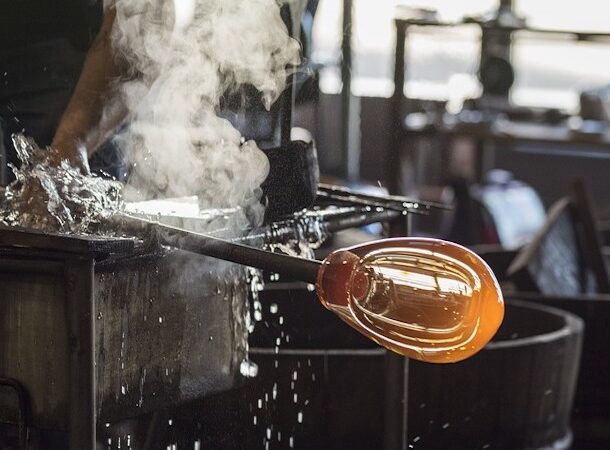 https://www.thecollector.com/10-ancient-roman-inventions-that-will-surprise-you/
https://www.thecollector.com/10-ancient-roman-inventions-that-will-surprise-you/ The Romans also introduced the world to the fine art of glass-blowing. They picked up the skill from the Syrians. The Syrians had been blowing glass for centuries. Over time, glass-blowing evolved. Thankfully, it is still used today to create a wide range of glass objects, including art glass, scientific instruments, and everyday household items.
Dental Fillings
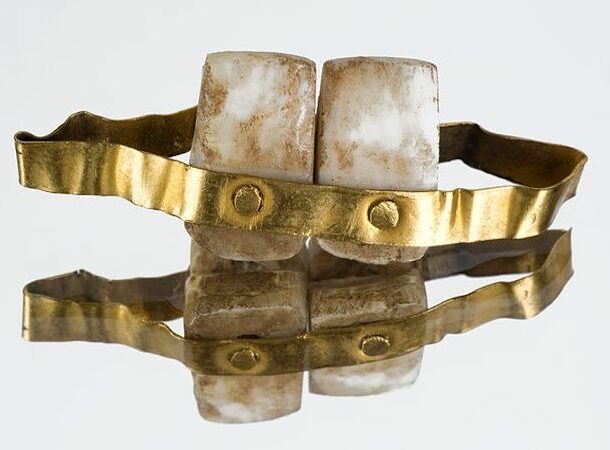 https://www.thecollector.com/10-ancient-roman-inventions-that-will-surprise-you/
https://www.thecollector.com/10-ancient-roman-inventions-that-will-surprise-you/ Yes, the Romans cared about their pearly whites and were the first to use dental filling and other materials to repair teeth damaged by decay or injury. They used various materials to fill cavities and repair teeth, including gold, bronze, and even materials such as bone and ivory. The Romans were also the first to use dental bridges, which were used to replace missing teeth. They used gold wire to hold false teeth in place and to support a bridge that spanned the gap left by missing teeth.
Postal Service
 https://www.thecollector.com/10-ancient-roman-inventions-that-will-surprise-you/
https://www.thecollector.com/10-ancient-roman-inventions-that-will-surprise-you/ The Roman postal system was established by the Roman Empire in the 1st century BCE. Known as the “cursus publicus,” It was a system of roads and stations used to transport official mail and messages throughout the empire. The government use the system to communicate with officials and military commanders, and private individuals also used it to send letters and packages.
Newspapers
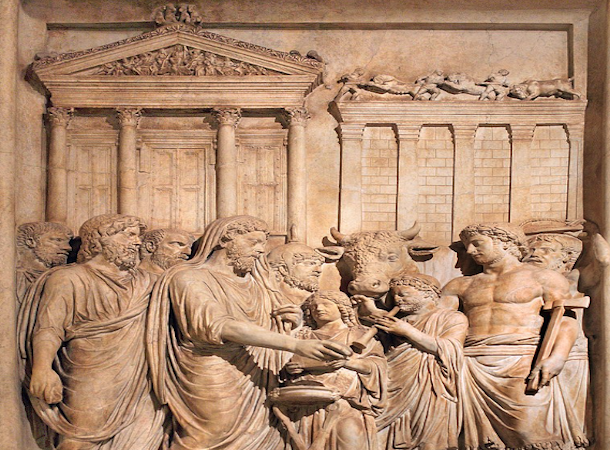 https://www.thecollector.com/10-ancient-roman-inventions-that-will-surprise-you/
https://www.thecollector.com/10-ancient-roman-inventions-that-will-surprise-you/ The Romans didn’t invent newspapers as we know them today. However, they did have a system for disseminating information to the public that was similar to a newspaper. The Romans had a system of public announcements called “acta” posted in public places, such as the forum, and read aloud to the public by a crier.
Apartments
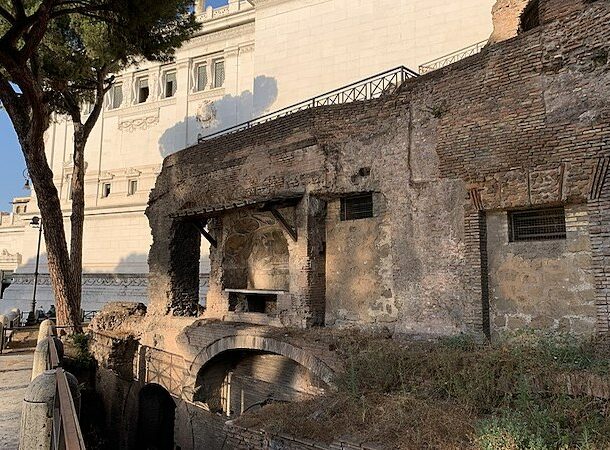 https://www.thecollector.com/10-ancient-roman-inventions-that-will-surprise-you/
https://www.thecollector.com/10-ancient-roman-inventions-that-will-surprise-you/ The concept of apartment living has evolved. Modern apartments are typically more spacious and offer a higher standard of living for people in various communities across the Nation. However, the basic idea of shared living spaces in a multi-unit building originated in Rome.
Bounded Books
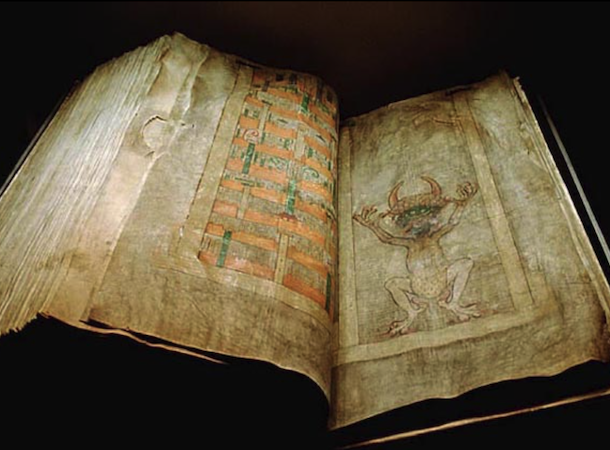 https://www.thecollector.com/10-ancient-roman-inventions-that-will-surprise-you/
https://www.thecollector.com/10-ancient-roman-inventions-that-will-surprise-you/ The ancient Romans were credited with inventing the bound book, or codex. What is the codex? The codex was a practical and efficient way to store and access written documents. It was made up of sheets of papyrus or parchment that were folded and sewn together, creating a “spine” along the edge of the book.
This allowed the book’s pages to be turned into a modern reader, making it easier to read and reference specific passages.
While that still sounds clunky compared to hard drives, memory cards, and the cloud, it revolutionized how information was stored and accessed.
Before the development of the codex, written documents were typically stored on scrolls. These were made of papyrus or parchment and were difficult to read and keep.
Glass
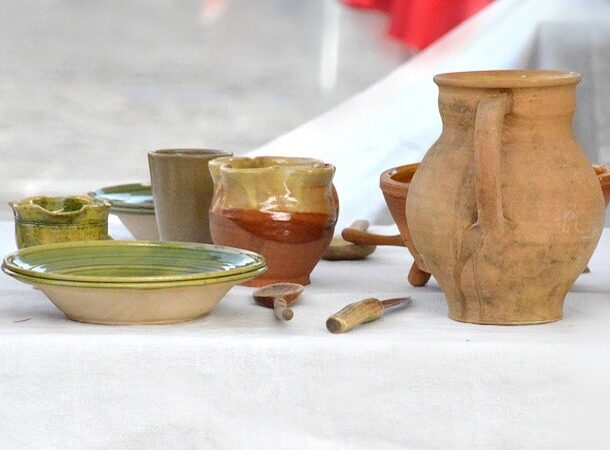 https://www.thecollector.com/10-ancient-roman-inventions-that-will-surprise-you/
https://www.thecollector.com/10-ancient-roman-inventions-that-will-surprise-you/ Glass half empty or glass half full? I don’t care about the answer; I care about the glass. Surprise, the Romans were also the first civilization to mass-produce glass.
They had a variety of uses for it, including windows, mirrors, and decorative objects. Glass is still a commonly used material today and is found in a wide range of products, including windows, bottles, and other containers.
Sewer Systems
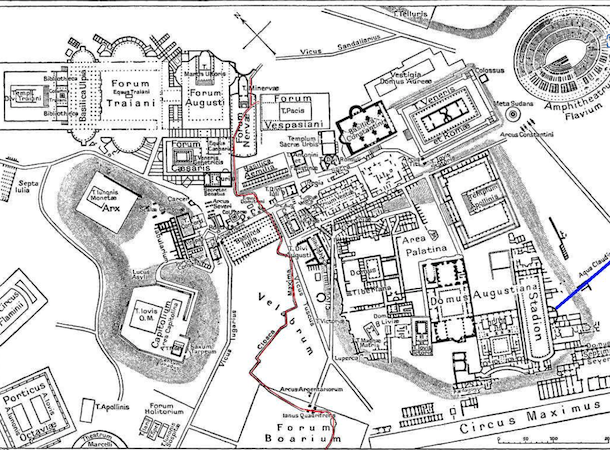 https://www.thecollector.com/10-ancient-roman-inventions-that-will-surprise-you/
https://www.thecollector.com/10-ancient-roman-inventions-that-will-surprise-you/ No one wants to potty where they live; the Romans feel that sentiment. They created extensive sewer systems to carry waste out of the city, without using an actual piping system.
Instead, they created a complex system with clay, concrete, and other materials. Typically, the sewer system was covered by a vaulted ceiling to protect people from the mess traveling out of the city.
As with any great invention, their complex sewer system setup has been adapted for use until now.
Aqueducts
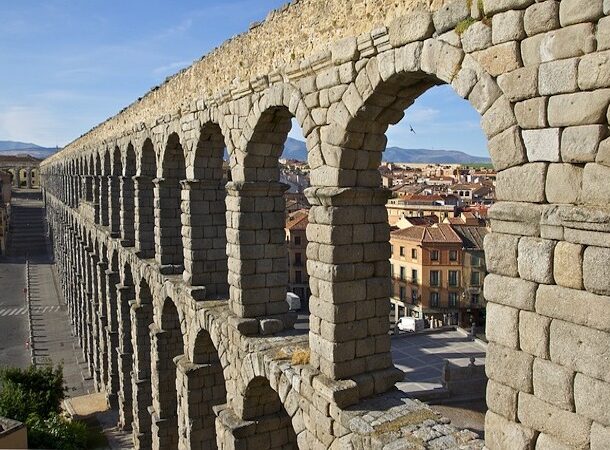 https://www.thecollector.com/10-ancient-roman-inventions-that-will-surprise-you/
https://www.thecollector.com/10-ancient-roman-inventions-that-will-surprise-you/ Water is the source of life, and the Romans knew that and knew how to ensure everyone had access to it. They built intricate waterways and aqueducts that transported water to many cities and towns.
Amazingly, these aqueducts used the power of gravity to move the water from one place to the next. They’ve withstood the wear and tear of time, but people are not admiring the waterways, they are still using them today! Using gravity to move water has been adapted to modern water systems.
Roads
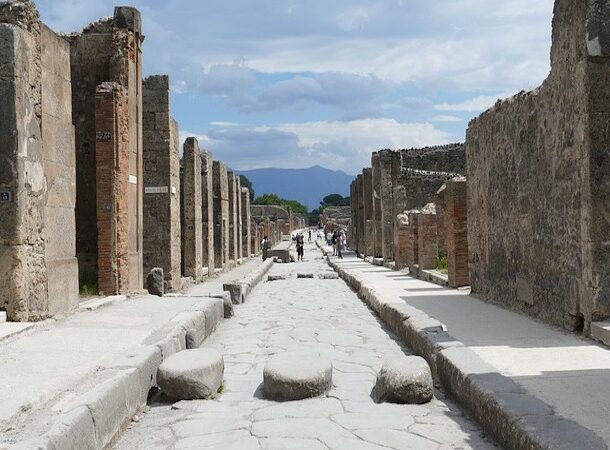 https://www.thecollector.com/10-ancient-roman-inventions-that-will-surprise-you/
https://www.thecollector.com/10-ancient-roman-inventions-that-will-surprise-you/ The Romans were also responsible for building an extensive network of roads throughout their empire. These roads were made using a variety of materials, including concrete, and were designed to be durable and long-lasting. The Romans also developed the concept of a roadbed, which is a foundation of crushed rock or gravel that helps to support the roadway.
Concrete
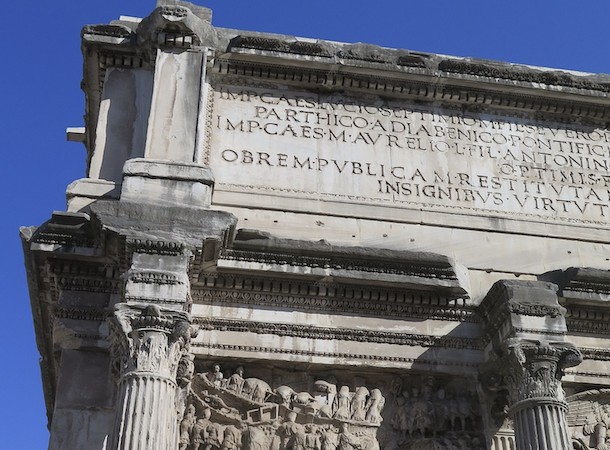 https://www.thecollector.com/10-ancient-roman-inventions-that-will-surprise-you/
https://www.thecollector.com/10-ancient-roman-inventions-that-will-surprise-you/ The Romans were the first to use concrete on a large scale. Concrete is a mixture of water, cement, and aggregate that hardens over time. Their use of this material revolutionized construction and set the tone for a new way of building and design.
Fast forward to now, and when you look around – from the sidewalk to the building foundation, it’s all done with concrete. Talk about a lasting legacy!



























